Yalin Hu traveled far in pursuit of science. A desire to solve real-world problems took her even farther.
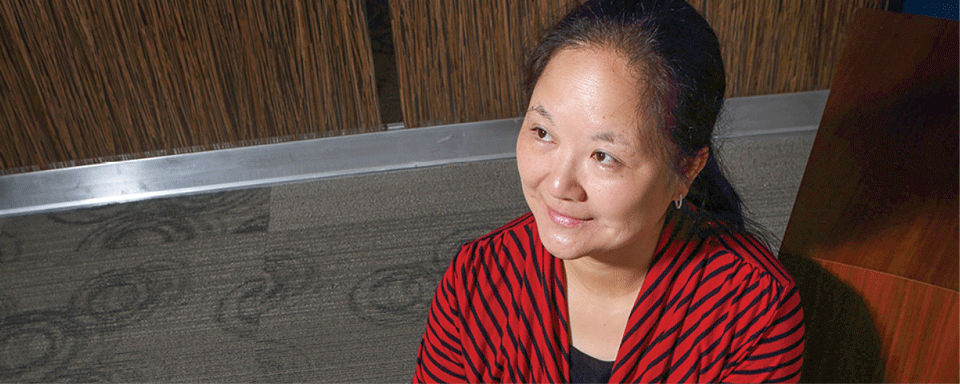
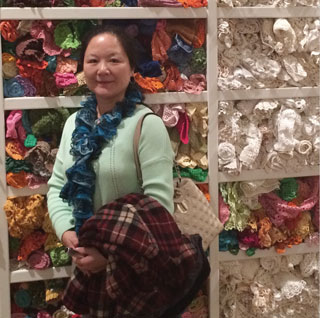
As a child, Yalin Hu aspired to become a teacher like her parents, who were both university professors. The only question was whose academic path she would follow — become a mathematician like her mother or a computer scientist like her father? “I was always good at math, but my father made computer science seem like more fun,” she says. “While my mother’s work centered around textbooks, my father brought home cool gadgets like a hand-cranked calculator.”
Hu majored in computer science and engineering at Northwestern Polytechnical University in Xi’an, China, her home country. She discovered that she didn’t mind the long hours debugging and verifying software. Instead, she loved finding and fixing bugs.
After earning a master’s degree in computer science and engineering, Hu took a giant leap and moved halfway around the world to attend the University of South Carolina as a doctoral candidate in electrical and computer engineering. “While it was tough to leave China, my family was very supportive,” she says. “It was an opportunity not available to many students and I worked very hard for it.”
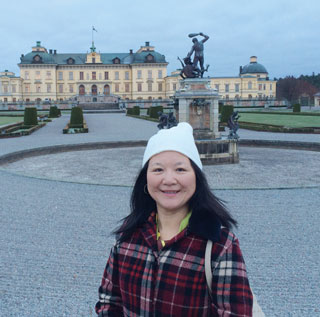
Hu had her first encounter with the Department of Energy (DOE) as a graduate student in South Carolina. In a research project for the Savannah River National Laboratory, she explored the use of artificial intelligence in processing nuclear waste. In 1992, Hu won a DOE Excellent Graduate Research Paper Award for “Automated Real Time Neural Computing for Defense Waste Processing.” Part of the prize was a trip to tour several DOE facilities and Yellowstone National Park with winners from across the country.
West to Silicon Valley
The trip made a lasting impact. It was her first time traveling outside of South Carolina. The time spent with other graduate students and the DOE mentors left her with exciting new ideas for potential research and career development.
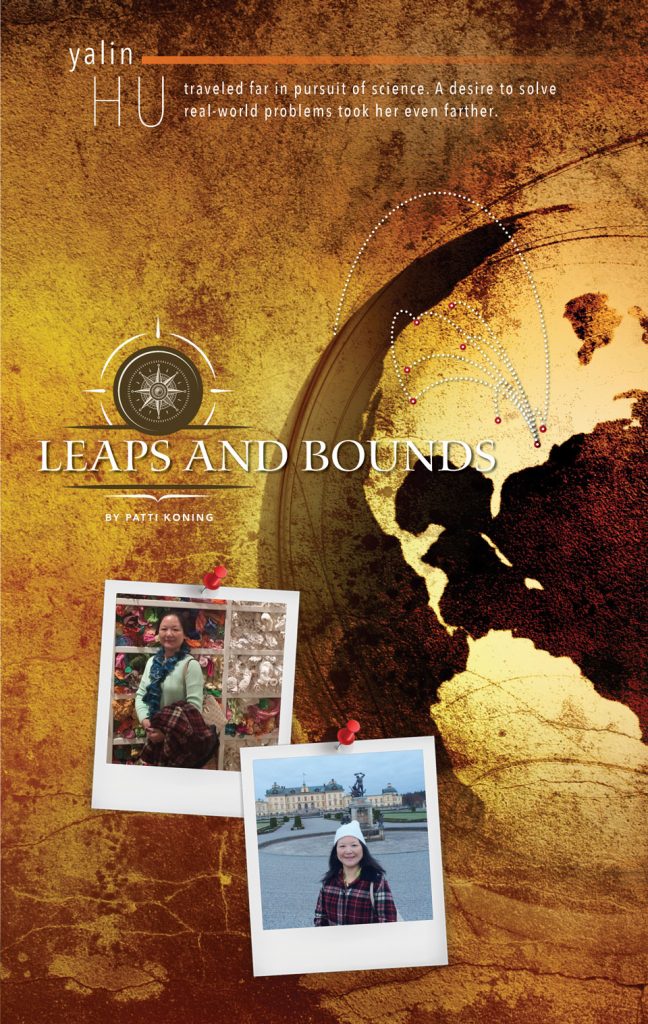
By the time Hu finished her doctorate in 1994, her dreams of becoming a college professor had given way to a desire to work on real-world problems. She wanted to continue with projects like the Savannah River work, but being a Chinese citizen was a significant obstacle to doing meaningful work at a national laboratory. Instead, she did what many new graduates in tech fields do — headed west to Silicon Valley.
She joined Cypress Semiconductor in San Jose as a senior software engineer working on field programmable gate arrays or FPGAs. After four years, she moved to Altera, one of the leaders in the FPGA market.
For 11 years at Altera, Hu led a global development team that generated the simulation models for FPGA development tools for every software release. Over time, the pressure of working in a productdriven environment with new releases every six months and the volatility of the semiconductor industry began to get to her. In 2009, her entire team was laid off due to the company’s outsourcing strategy. Hu took a buyout package rather than transfer to another part of the company. “I had become a U.S. citizen by that point, so I returned to my goal of working for a national laboratory,” she says. “I enjoyed working in Silicon Valley, but I wanted time to do research, not just development.”
Pros and cons of verification models
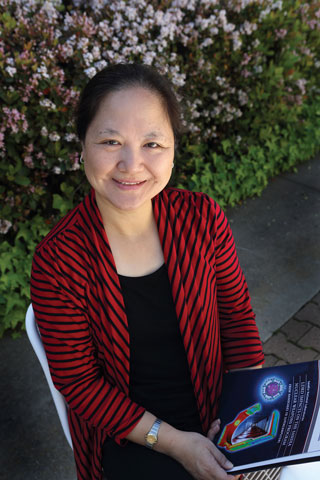
She came to Sandia in 2010 to work on FPGA firmware development for telemetry. Drawing on her industry experience, Hu was awarded an Early Career Laboratory Directed Research and Development (LDRD) project, “Exploring Formal Verification Methodology for FPGA-based Digital System.”
“Having done a lot of simulation and verification model development in industry, I knew the pros and cons of verification methods. Formal verification is very powerful because it tells you that your device will not only do what you want, but also that it will not do what you do not want,” she says. “This method was not being investigated enough at Sandia.”
As a result of the LDRD project, formal verification became more widely known at Sandia. This led to a follow-on project verifying a key component of the B61-12 nuclear bomb. Hu had two papers published and her work was featured in a tri-lab symposium. In 2011 her team won a National Nuclear Security Administra tion (NNSA) Defense Programs Award of Excellence.
Now she is the lead of the Project Realization Team for a component in Joint Test Assemblies for the B61-12 and W88 Alt 370, part of the NNSA’s Life Extension Program for the nuclear arsenal. Hu feels that her years working in industry set her up to succeed at Sandia. “This is a diverse environment with opportunities to explore new ideas,” she says. “I was able to get such strong research results with the LDRD because of the background and expertise I had built up in industry.”
In her free time, Hu likes to garden and cook new recipes. Much of her life outside of work is dedicated to her family. And as someone who journeyed over halfway around the world in pursuit of education and professional challenges, travel is naturally important to Hu. Her goal is to travel with her family to all seven continents and all 59 U.S. national parks.
Poetry in electronic components
Ubiquitous in modern hardware, field programmable gate arrays (FPGAs) are electronic components that are somewhat like a tabula rasa, a blank page. A better analogy might be a magnetic poetry set — the tiny word magnets used on refrigerators and other magnetic surfaces. A user can reconfigure the words into a variety of meaningful sentences as well as nonsense.
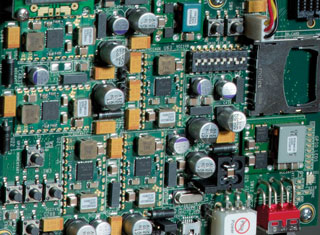
In FPGAs, the words are logic blocks that can be connected in different arrangements to meet specific hardware design requirements. FPGAs derive their power from the first two words of their title — field programmable. Yalin Hu, who works in this field, can arrange and rearrange the logic blocks in contrast to application-specific integrated circuits, or ASICs, which are fixed at the time of manufacture. If an FPGA is magnetic poetry, then an ASIC is a single Shakespearean sonnet.
An advantage of FPGAs over custom hardware like ASICS is that they are harder to attack because the design for a processing functionality is not preloaded into the device. Among other uses, FPGA characteristics make them suitable for implementing cryptographic applications.